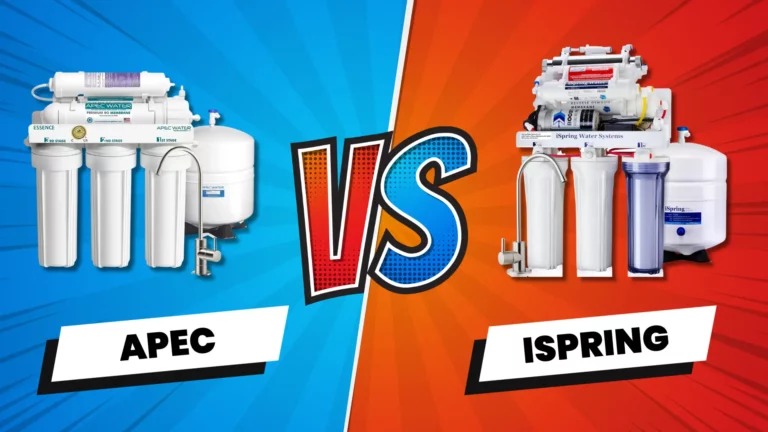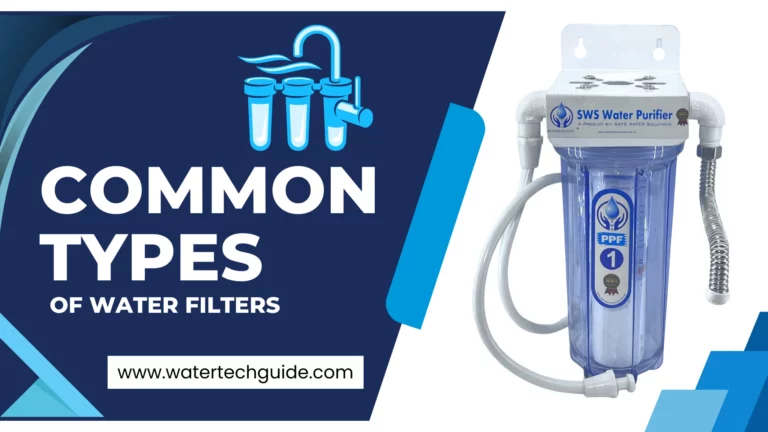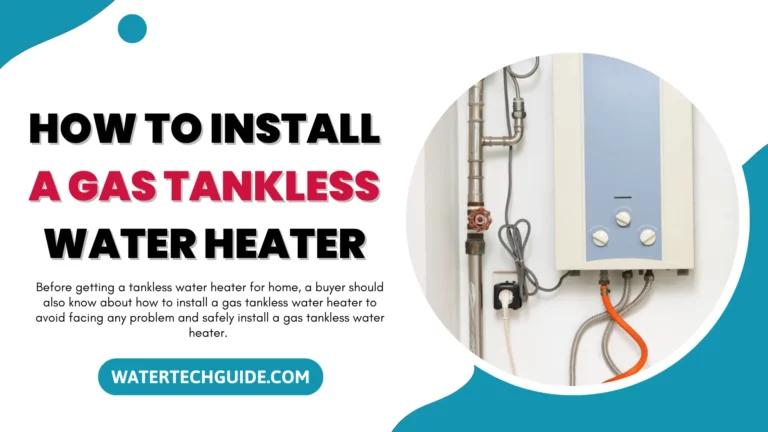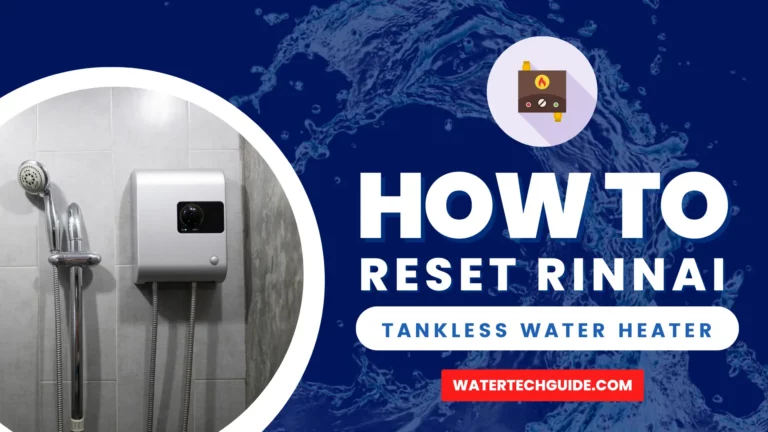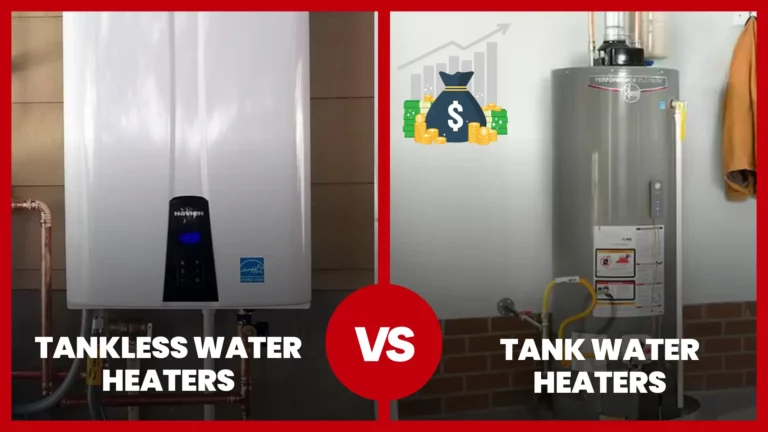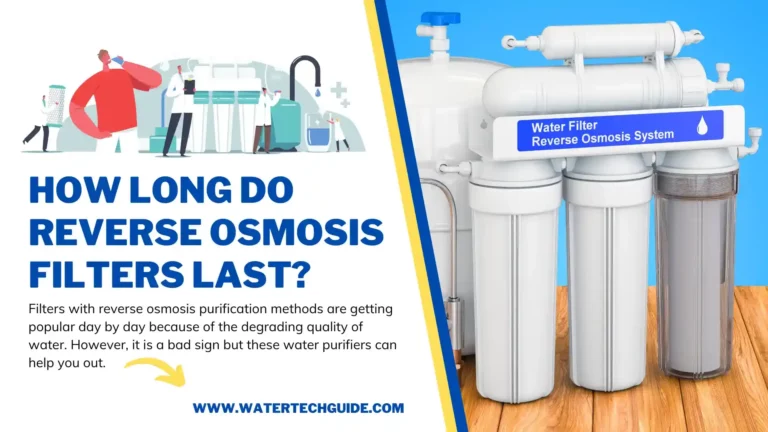How Can I Get the Most Out of My Tankless Water Heater?
When you’re looking for ways to cut back on your energy bills, consider installing a tankless water heater. When used properly they consume 19% less power than traditional storage water heating systems, saving you money in the long run!
What’s not to love about a tankless heater? They’re small, efficient, and provide continuous hot water when you need it. But there are some things that will make them work even better for your home!
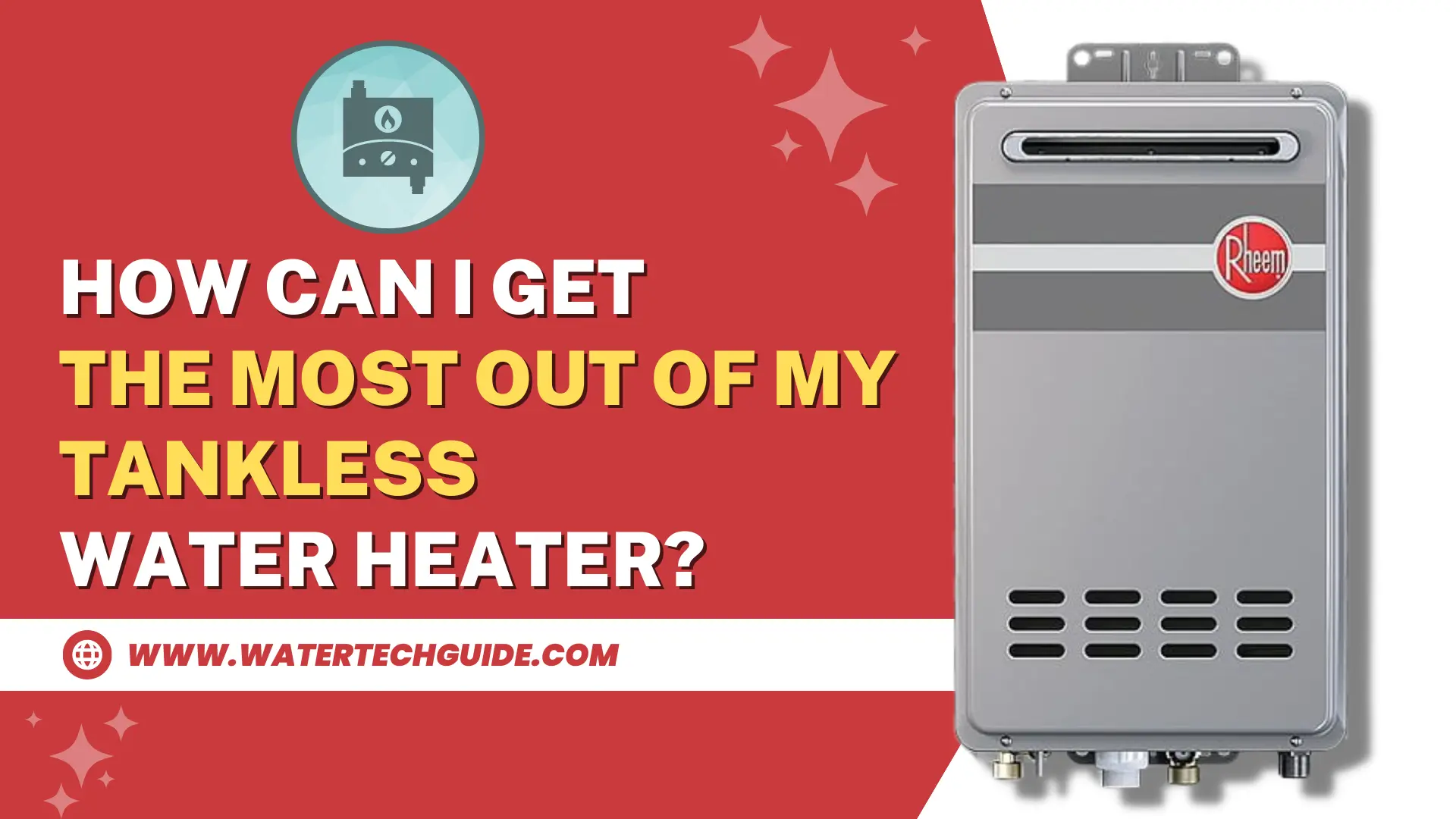
How Can I Get The Most Out Of My Tankless Water Heater?
Relief Valve
Subsequently, start by looking at the pressure relief valve. To optimize the water heater, just place the buck under the pipe that attaches to the valve. Then pull the oar so that the water runs out through the pipe. In some cases, water vapor can be released.
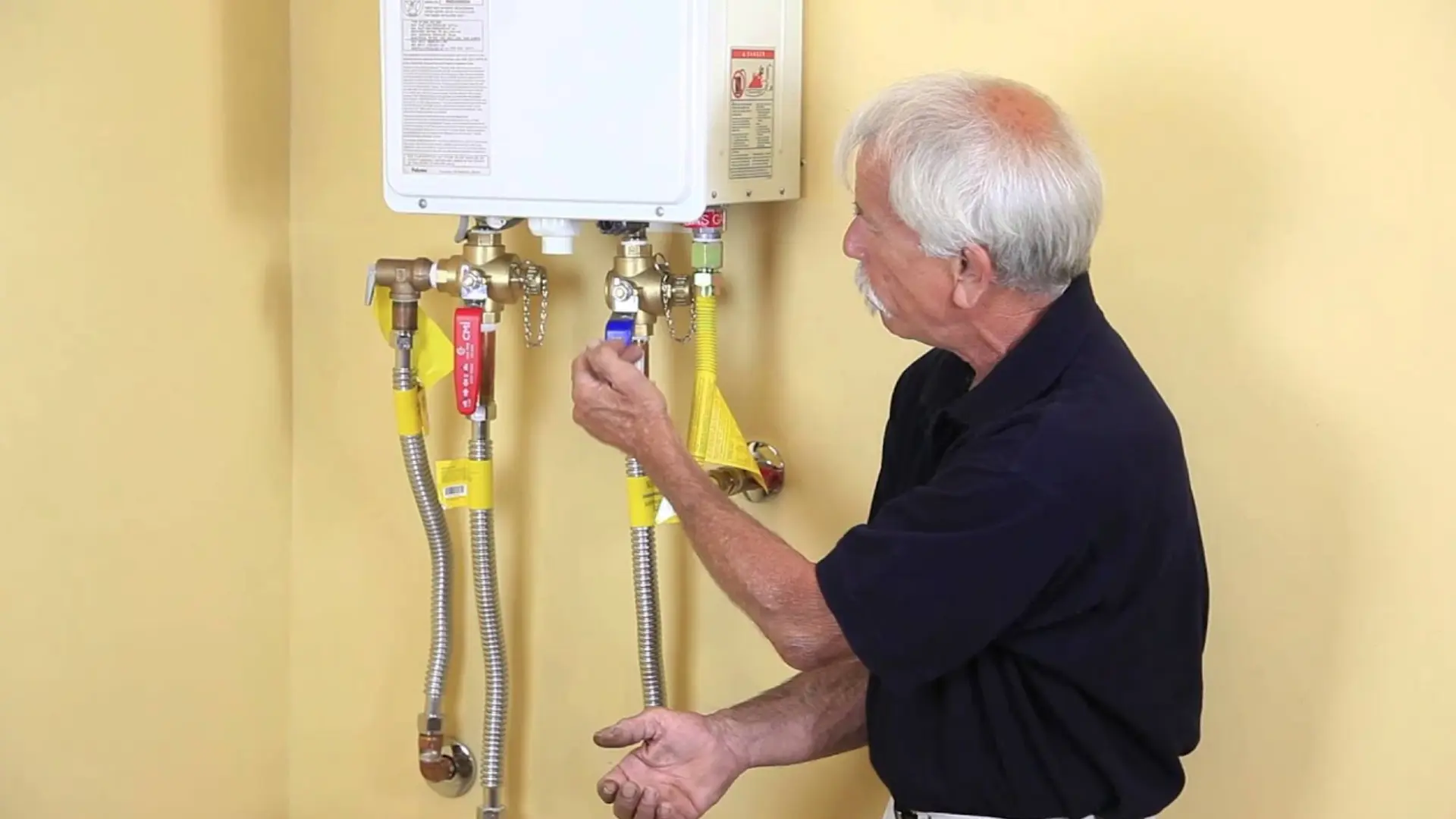
If nothing comes out of the pipe when you pull the oar, it’s time to drain the water heater tank and call the plumber to replace the valve. Hence, it is not recommended that you handle this task alone unless you know exactly what you are doing.
Remove the sediment from the tank
The second most common maintenance thing for optimizing the water heater you need to take care of is draining the feces from the tank. Just need to turn off the electricity and running water in the unit before you can start working on it. Similarly, it may want to wait until the water inside the tank has cooled down before taking steps to remove the tank. It may take a few hours for the water to cool enough to drain the tank safely.
Unplugging the heater
After unplugging it, use a hose from an external drain and connect it to the tap drain. Then turn on the hot water in one tap for a few minutes to allow some air to enter the water heater tank. If turn on the tap so that the tank can drain all the way. It is not a bad idea to plug in cold water a few times so that every sink can get out.
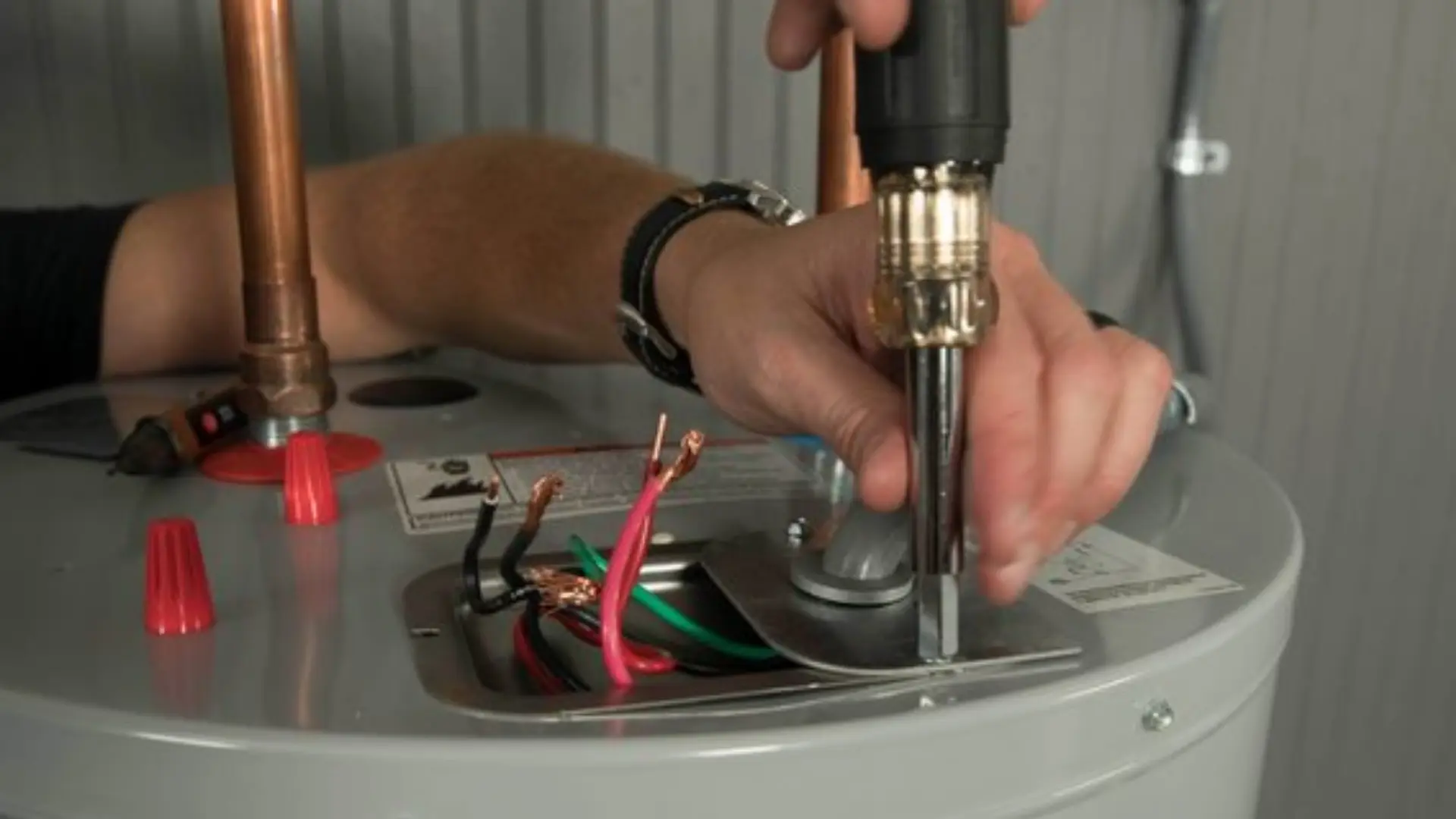
When you finally see freshwater coming out of the pipe outside, it’s time to turn off everything, unplug the pipe, and turn on your water heater. Any homeowner can easily extend the life of a hot water heater with these simple tips. Everyone who has a home should know how to do these two simple tasks.
Temperature changing
Accordingly, the only problems people have with non-heating heaters are the slow delays in getting hot water from the tap, the temperature change when using hot water, and waiting for hot water to arrive. Those problems can be controlled by improving the performance of a water-free water heater in your home.
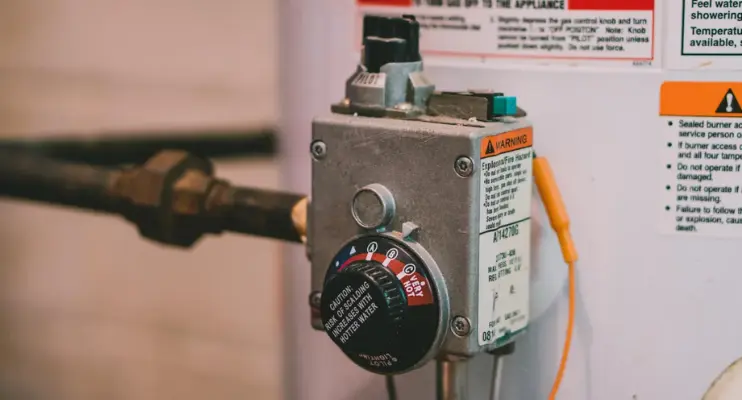
Tips for Optimize Water Heater
For optimize water heater check the size is it fine or not. Tankless heaters are measured by the flow rate and the rise in temperature. Flow rate is the maximum flow of water; needs to supply all the outlets in the home. An increase in temperature is how many degrees the water heater will need to raise the temperature of the cold water to reach the right hot water temperature. Your heater should handle at least 70-degree altitude.
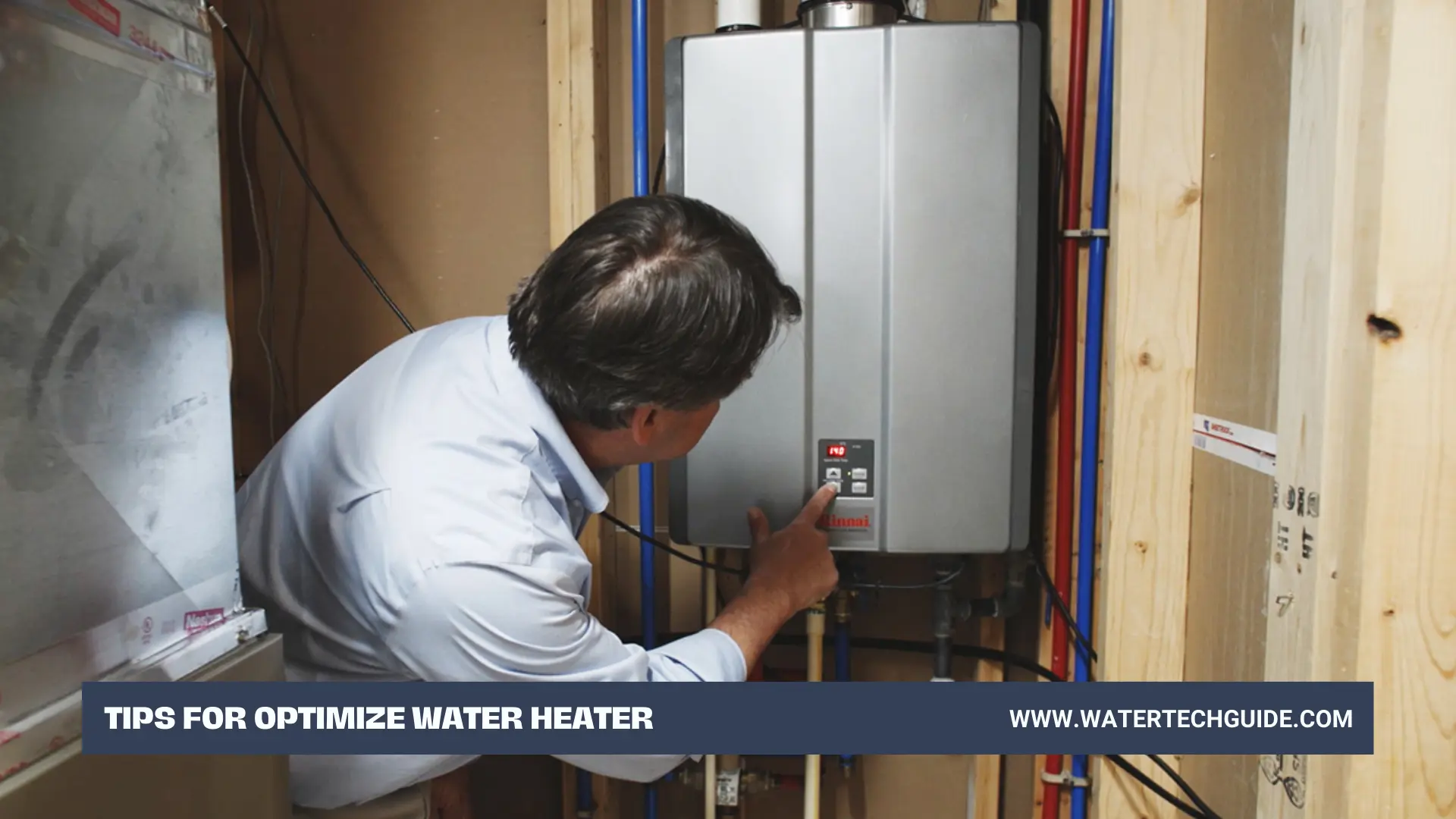
Be realistic
Tankless water heaters require a minimum flow of water through the system to avoid overheating. Some people do not like to move taps with the full flow of hand washing or dishes. However, it is necessary if you want hot water. And, remember, you can’t have hot water if you just turn on the taps. The system still has to clear cold water from the pipes. Along with a certain amount of water should run into the water heater to start the heating process. A water heater used can help with both problems.
Knowledge for installation of water heater
Get an experienced contractor to manage the size and installation of your water heater. You have the knowledge to choose a heater that will meet the needs of your family. That person also has the expertise to install it properly, including installing the right air heater and making sure that the gas pipe installation is sufficient to support the operation of the heater.
1. Use hot water lightly
First, don’t let the taps run unnecessarily – leaving the water running while shaving in the morning or when brushing your teeth can consume up to eight gallons a day! To a greater extent, stick to shorter showers and reduce long baths.
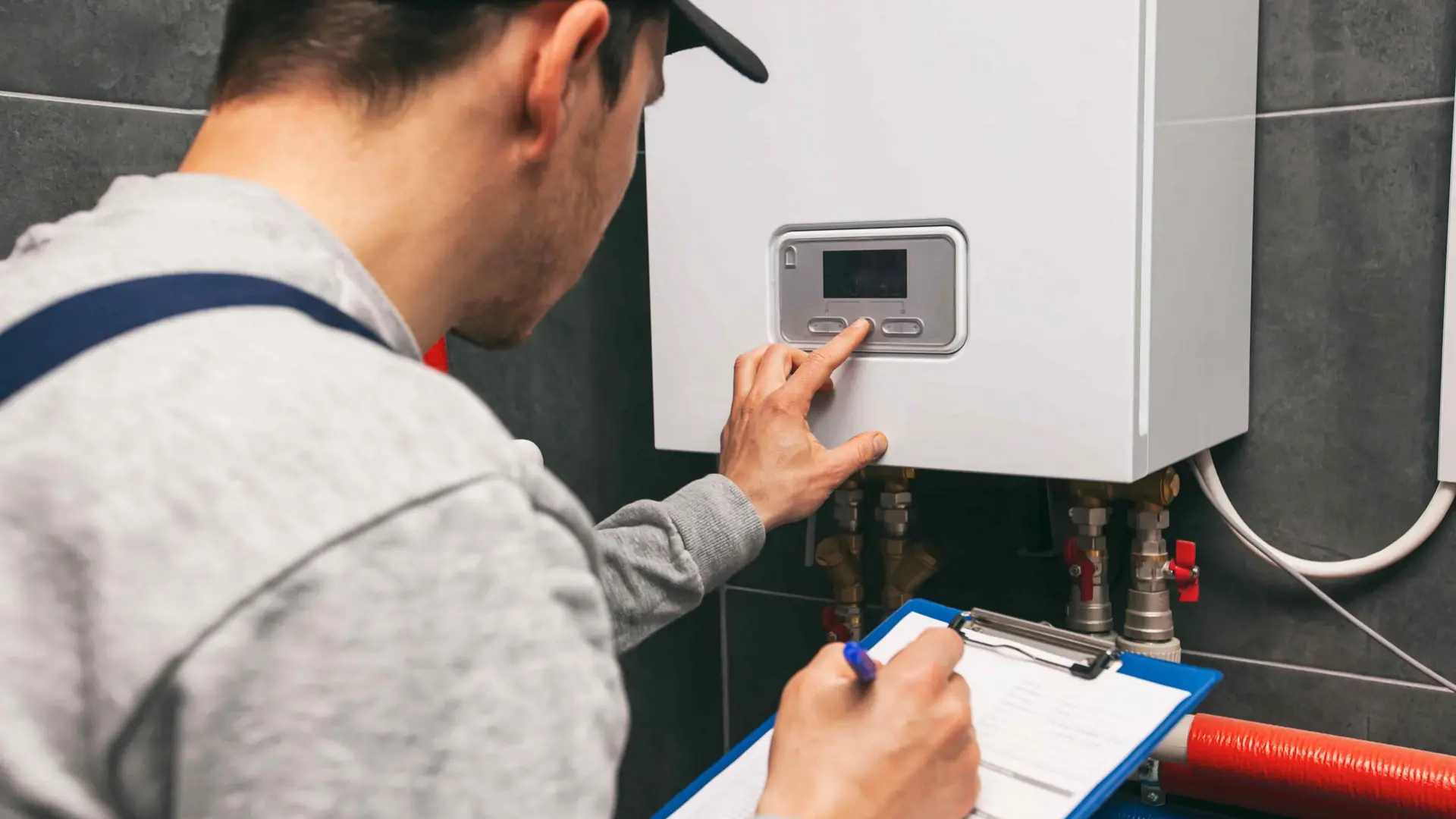
Do you have a dishwasher or a washing machine in your home? Be sure to use them only when they are full.
2. Lower the water heater thermostat
Most manufacturers set the heater thermostats to 140ºF, but most families can usually get it right with a thermostat set at 120ºF. Not only is this heat considered safe in most cases, but it also reduces mineral buildup and corrosion in your water heater and plumbing.
The savings collected from lowering the water thermostat are based on the amount of heat transferred from the water heater to the surrounding area (loss of exclusion), and the amount of water used in your home (consumption). At 140ºF, you could spend an additional $ 36 to $ 61 annually onset heat loss and over $ 400 on usage loss.
3. Install your water heater
Another way to reduce overheating due to heat loss is to protect your hot water tank, just as you would protect your walls or roof.
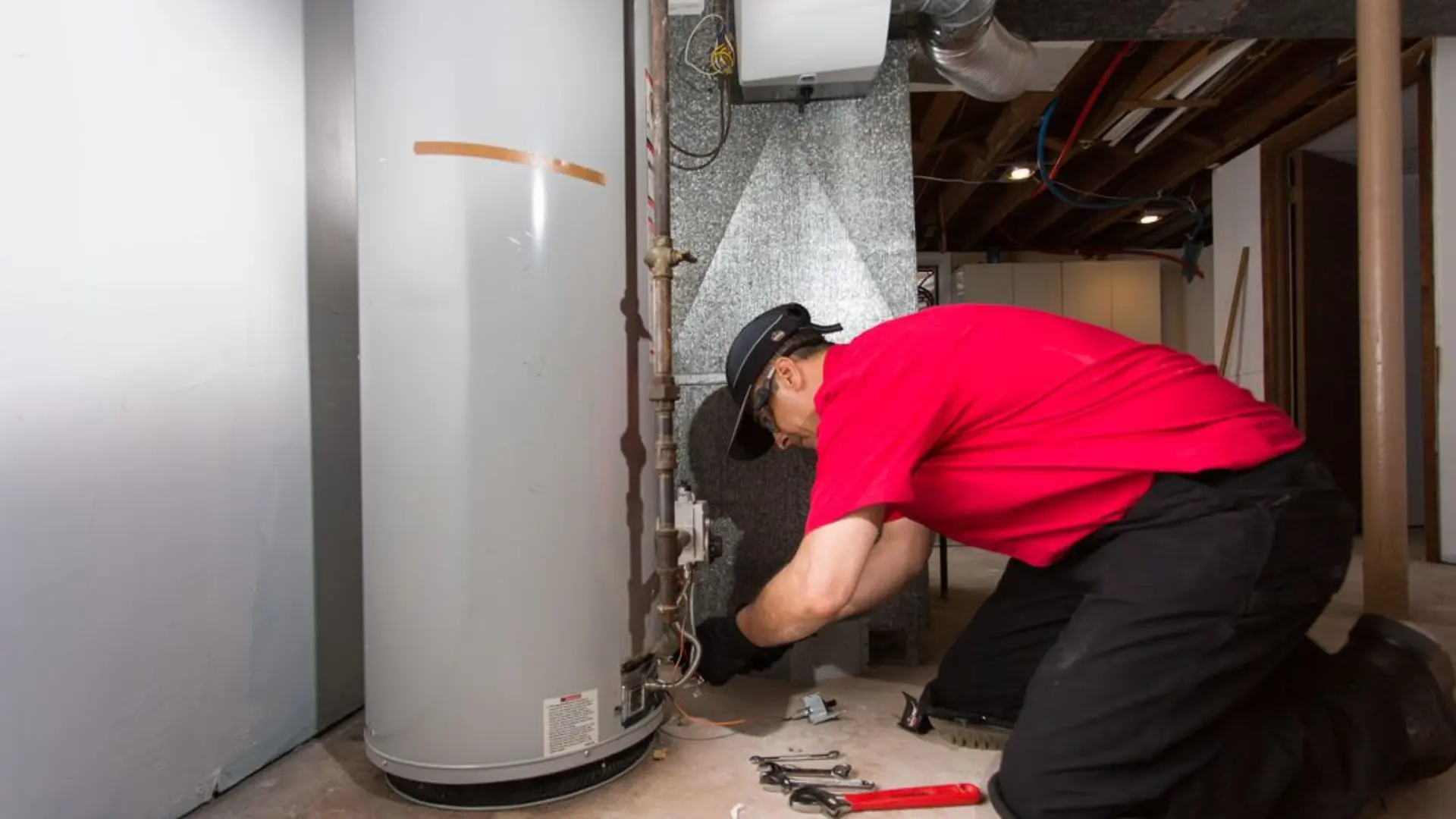
If you have a brand new spanking of water tanks already installed, but if you have an older model scroll to see if a little DIY action is required.
4. Buy a newer, more efficient model
Although most water heaters can last for about 10-15 years, if you want to stay as strong as possible it is best to start thinking of a new one when your current model celebrates its seventh birthday. There are many types of heaters out there, including:
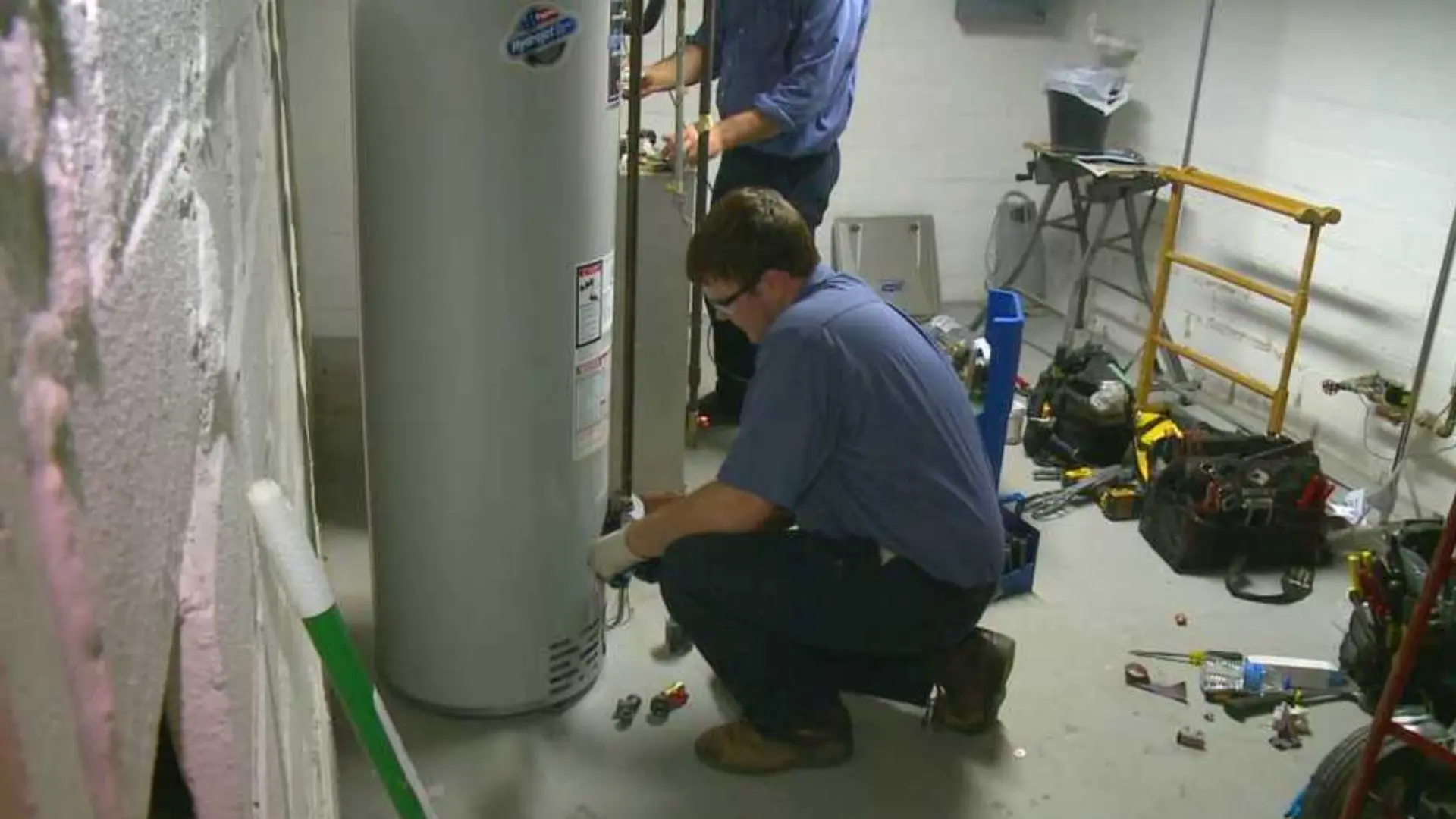
- Typical storage heater
- Heat pumps
- Wireless or demanded heaters
- Wireless coil and indirect heaters
- Solar heaters
Each variation has its advantages, but if you are in the market for a new water heater you will want to look at things like your petrol source and the size that best suits your home; these items will help narrow down the options.
Conclusion
Here we discuss how to optimize water heater in your home it is not a luxury. Instead, this is the perfect need for your family and yourself for the winter. So before installing a water heater, you need to know everything nitty-gritty about it.
Finally
Once you believe you have the best tankless water heater. And then try to find the one that how to optimize water heater. From our top picks, you can get some ideas about the best water heaters. After having an in-depth view of all the models you can finally pick one that will serve your purpose better.
